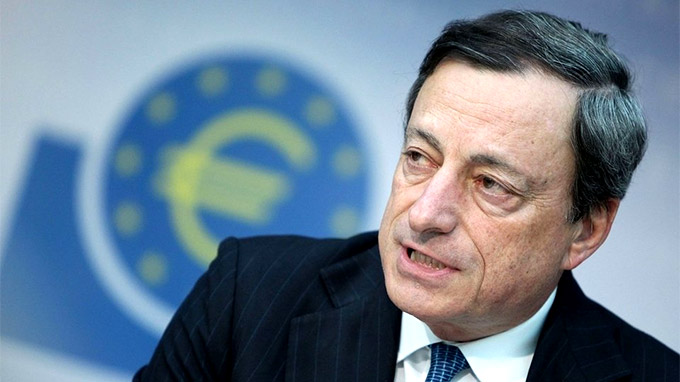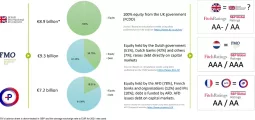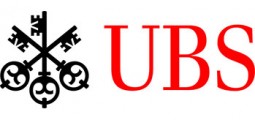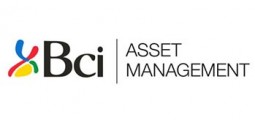Mario Draghi: Bond Buying a Success but Deflation Threat Remains

Mario Draghi
According to European Central Bank (ECB) president, Mario Draghi (speaking at a news conference on Wednesday 15th April) the Euros 1.1 trillion bond buying plan executed by the Bank has been effective.
He commented that the buying of bonds had successfully fed back into the real economy but cautioned that the deflation threat to the Eurozone had not gone away. Mr Draghi went on to say that ‘inflation will remain low or negative during the coming months’. The ECB is maintaining its interest rate at 0.05 per cent – an all-time low which has been in place since September 2014. A female protestor demurred somewhat and delayed the conference briefly after screaming, ‘End ECB dictatorship’. She was removed from the stage by security staff.
Late in March this year, the rating agency Standard and Poor’s claimed that ECB quantitative easing would not bring growth in the Eurozone unless structural issues relating to an ageing population, slowing globalisation, declining productivity gains and low investment were properly addressed. S&P’s European Sovereign analyst Moritz Kraemer also pointed out that although there was more optimism in the region with lower borrowing costs and a reduction in the value of the euro following the ECB stimulus, the approach taken did involve significant risks: ‘Monetary policies such as QE can help stabilise economies in the short term, but if they lead to policy complacency they could be counterproductive in the long term.’
You may have an interest in also reading…
IMF: Ireland Approaching Best Practice in Fiscal Reporting & Forecasting
The IMF published on July 16th a Fiscal Transparency Assessment (FTA) report for Ireland, which was carried out at the
Financial Centres Promote Economic Development: AIFC Goes for Growth by Backing SMEs Globally
International Financial Centres (IFCs) are a necessary component of national and global economic growth. And increasingly, it is co-operation between
Playing to Win or Playing to Survive? Urbanisation and the Knowledge Economy
It is no surprise that cities around the world have been expanding over the last few decades. The pace of



















































































